Let’s be clear, everyone reading this content has had their butt touched this chair multiple times. So why did this chair have this privilege that nothing else could have?
These white plastic chairs, which we see on the balcony, in the garden, at street weddings, cheap cafes and many more, actually have a name: Monoblock chair.
We can summarize the subject by saying “It is so common because it can be stacked and cheap”, but it would be useful to get to know him a little more; After all not only Turkey, It has succeeded in invading all corners of the world.
Many elements such as electrical outlets, clothes, traffic signs give you clues about that country. However, the monoblock ignores these differences and is independent of time and space.
For example, when you see a monoblock in a photograph, you cannot guess where that photograph was taken. Someone in Argentina sits in this chair, as well as someone in Japan, where you will experience culture shock. It is the embodiment of globalization He is also an icon.
The name of the monoblock chair comes from the words “mono(one)” and “bloc(block)”. That means “one block”.
like other chairs not more than one piece, It is made from a single piece of thermoplastic called polypropylene. What are these very technical terms?
polypropylene; used in food packaging, automotive industry, textile field and many more. thermoplastic is a polymer.
As you can see from “Thermo”, there is heat involved; this plastic is heated to 220 degrees and and through injection molding It is produced quickly and cheaply. The same method is used in products such as carboys and some types of suitcases.
https://www.youtube.com/watch?v=CLLvRqM3Tno
Molds are expensive, but since it facilitates mass production, it significantly reduces labor, time and material costs. The success of the monoblock it lies right here.
About one billion monoblocks have been sold in Europe alone. A single Italian manufacturer produces more than 10 million monoblocks per year.
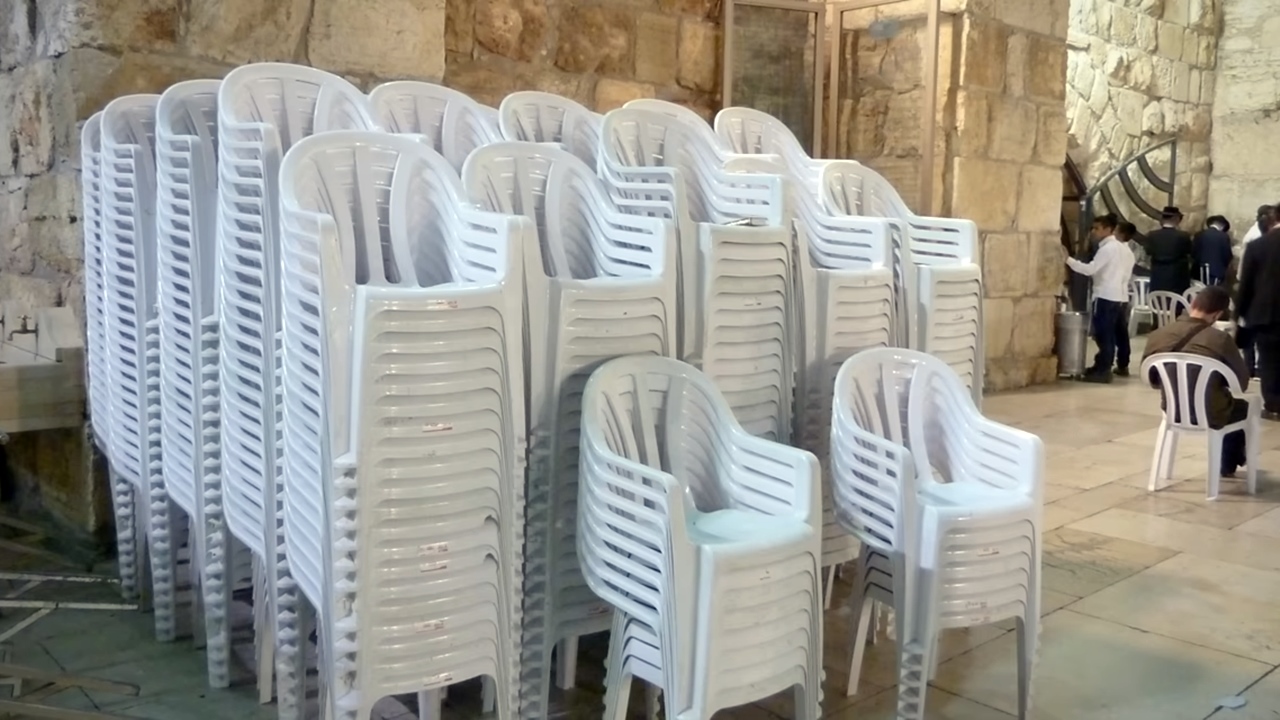
The production cost of a chair is only 3.5 dollars. It takes up less space as it can be stacked on top of each other, which you must have tried to put these chairs on top of each other when you were a kid.
Of course, we will not consider this chair so simply. An object of interest even to social theorists and artists.
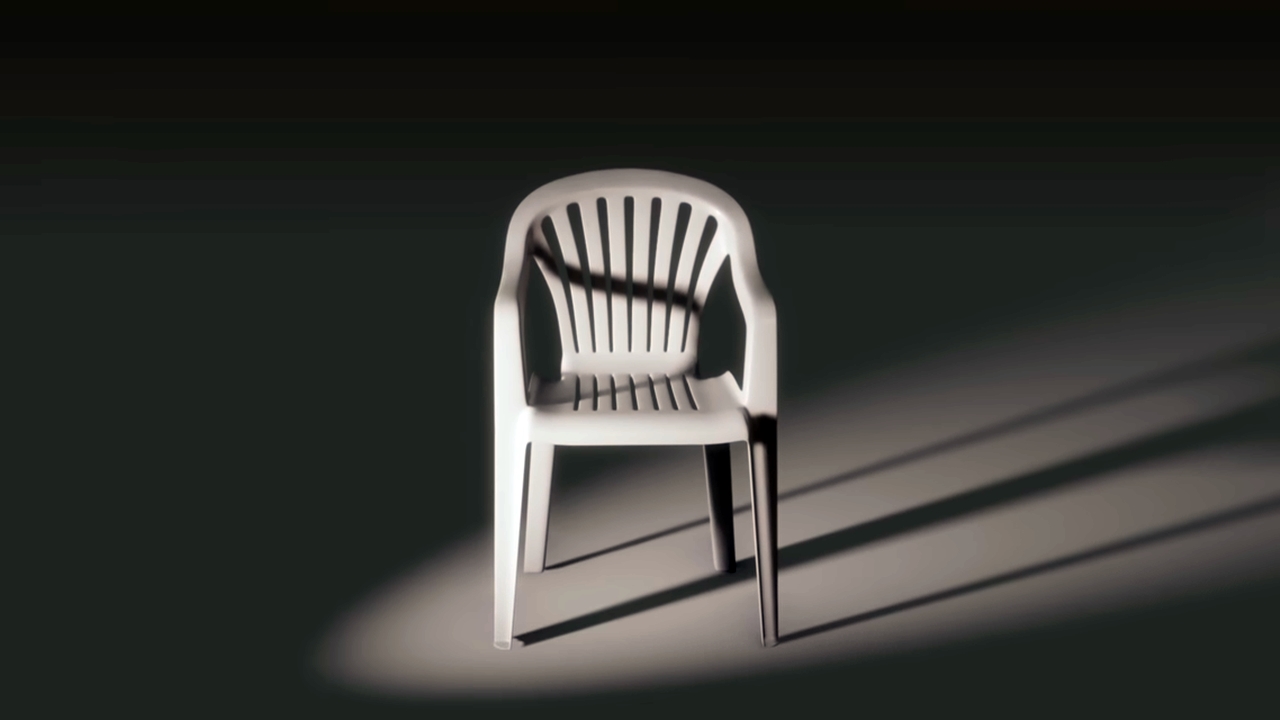
Some social theorists, used phrases such as “disturbing” and “the real evil of globalization” for this controversial piece of furniture. This controversial icon, the world’s most globalized object, is for many a symbol of globalized design. Well a homogeneous culture It’s a sign that we’re under captivity.
As we will agree, the design of this chair is quite ordinary. Between 2008 and 2017 in public spaces in Basel, Switzerland, due to disrupting the cityscape. was banned.
So does this icon have a designer?
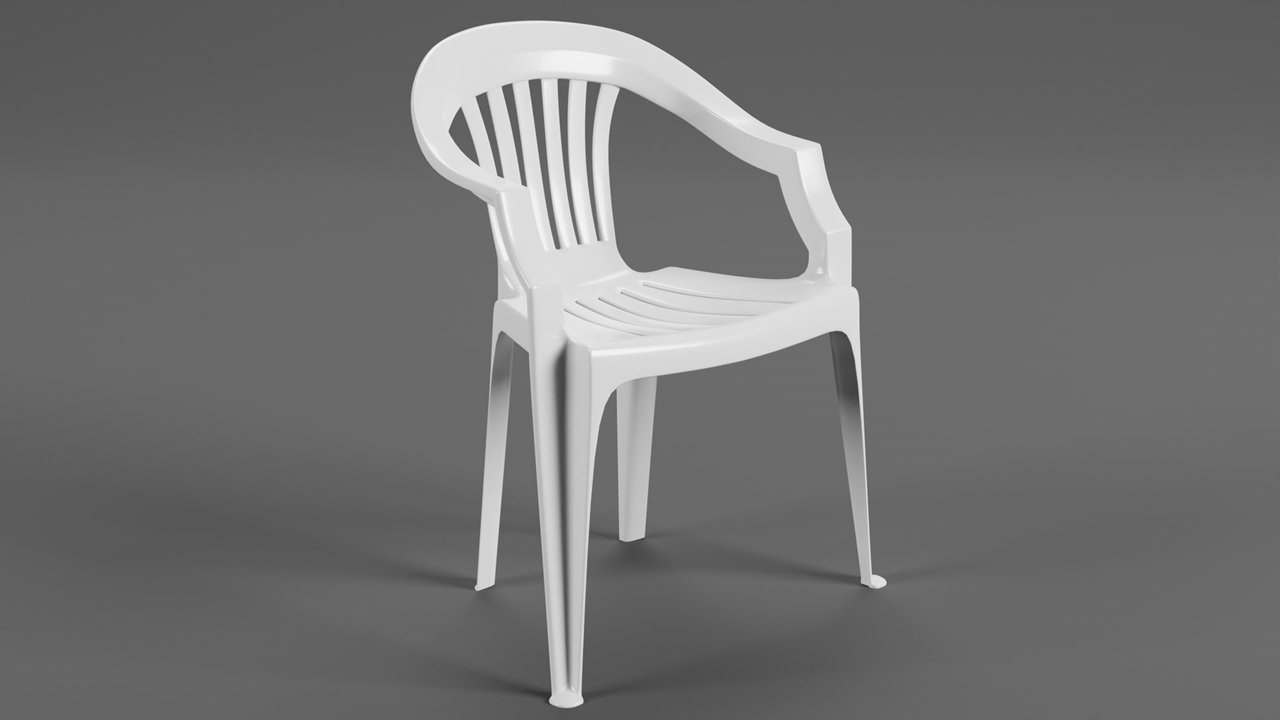
Him-her-it We don’t even know who invented it. We can only mention some examples.
Chair possibly named Vico Magistretti in 1967 designed by an Italian and it was mass-produced by a company called Grosfillex Group in the 70s, but it is not known who really designed it, as there are no original patents.
When we go back a little further, we see that it resembles a 1946 prototype of Canadian designer Douglas Simpson.
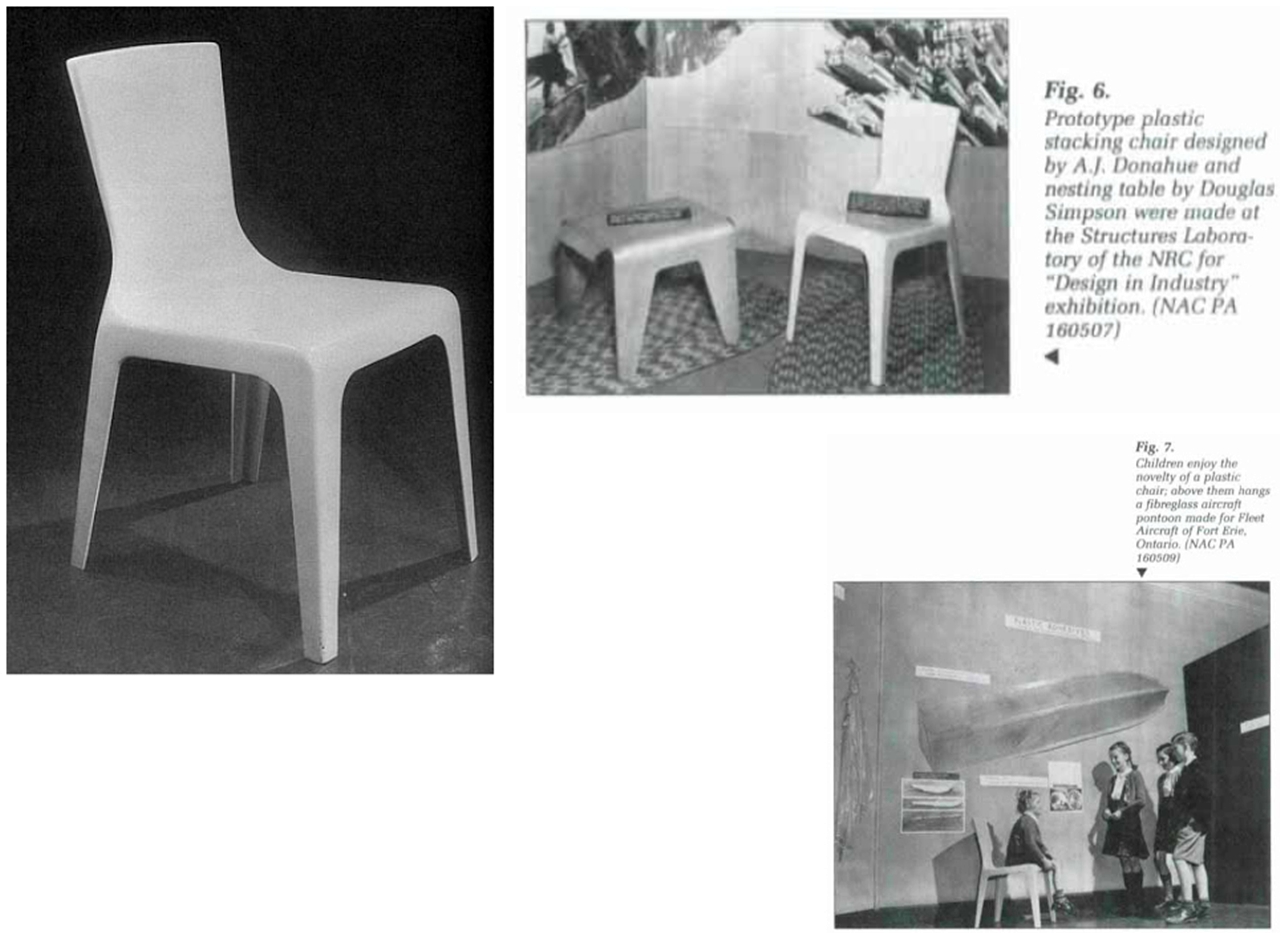
Douglas Simpson’s prototype in 1946
This chair is also a monoblock; It consists of one piece and can be stacked. However, since there was no suitable molding process at that time, this design was production was limited.
In the 60s, Danish designer Verner Panton a similar design Things changed when it was released.
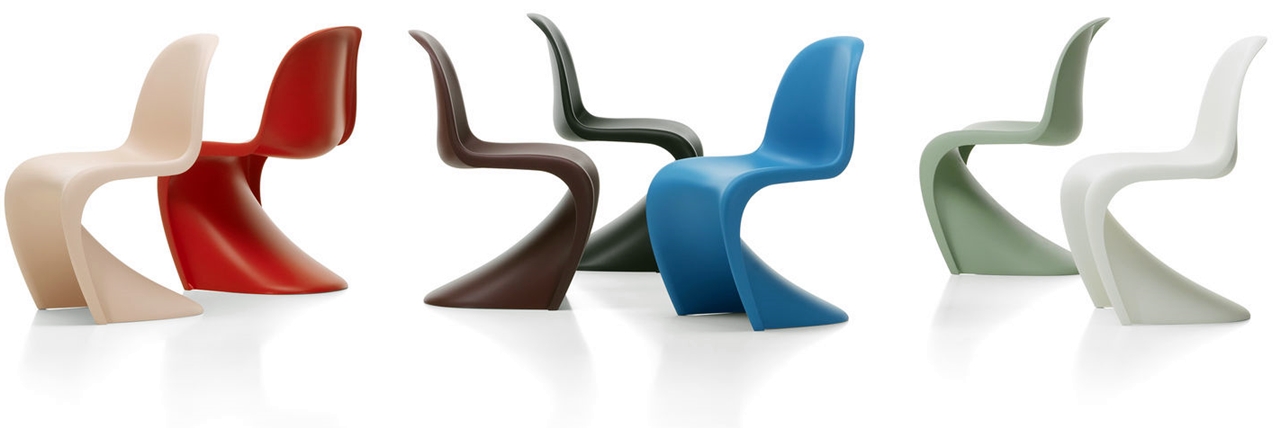
design by Verner Panton
This is what we can call the forerunner of the original icon. classical modernist The piece of furniture is considered the first molded plastic chair with its distinctive S-shaped design.
This chair, named Panton, was the fashion of that period. Space Age style (remember 2001: A Space Odyssey). This chair is still produced by the Swiss company Vitra today; It can be found in museums around the world, including the Museum of Modern Art in New York, the Design Museum in London, the German History Museum in Berlin and the Danish Museum of Art and Design in Copenhagen.
One-piece plastic chair variants It began to be produced in the 1970s by the Allibert Group and the Grosfillex Group. It is also said that the chair named “Fauteuil 300” dated 1972, signed by the French engineer Henry Massonnet, may be the first example of a monoblock. Inspired by Joe Colombo’s 1965 design for Chair Universal 4867.
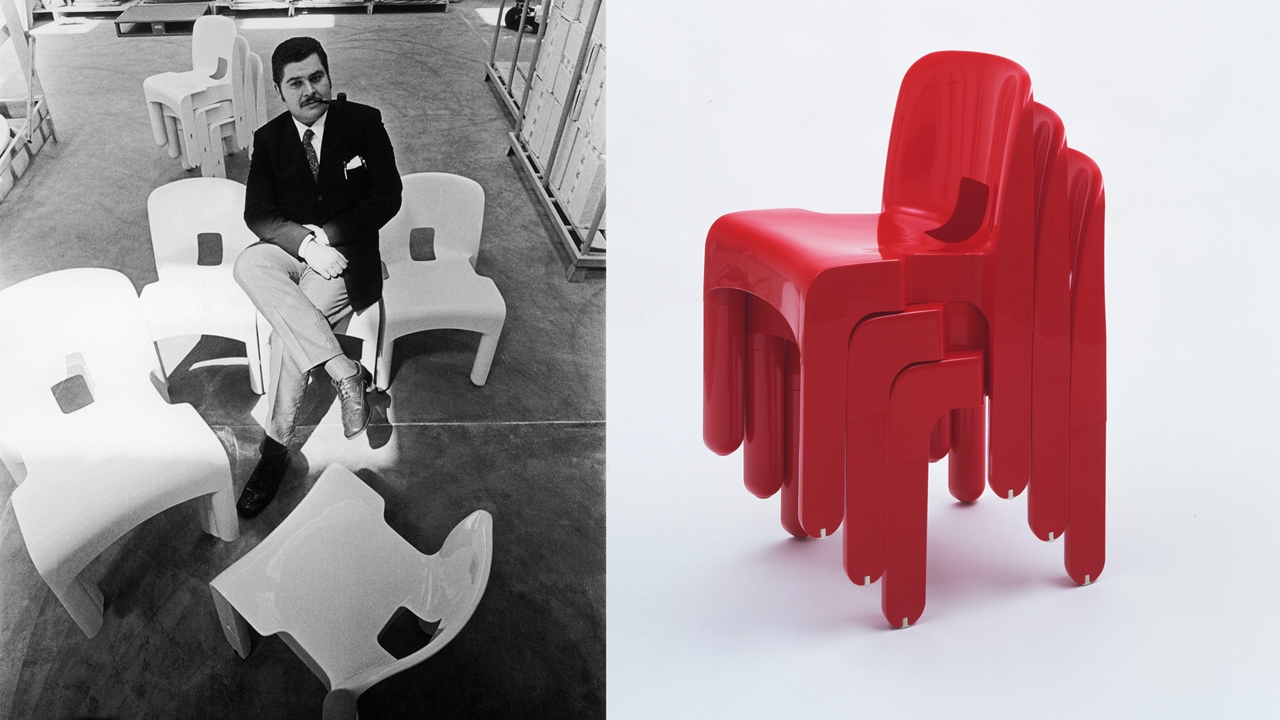
Stacking Chair Universale by Joe Colombo
Since then, Russia, Taiwan, Australia, Mexico, the United States, Italy, France, Germany, Morocco, Türkiye, Millions of units were produced and many variants were made in countries such as Israel, India, and China.
Love it or hate it, there’s no denying the lasting success of the monoblock chair. Although it is pushed and shoved, it can sometimes be appreciated by artists.
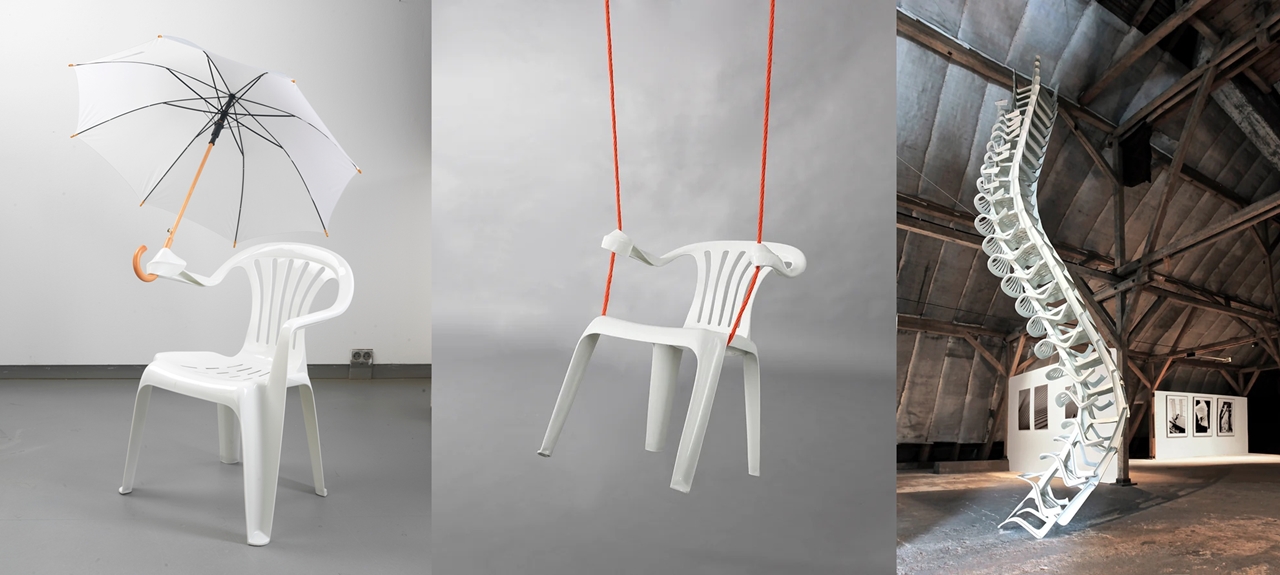
You have so many memories with this orphan design…
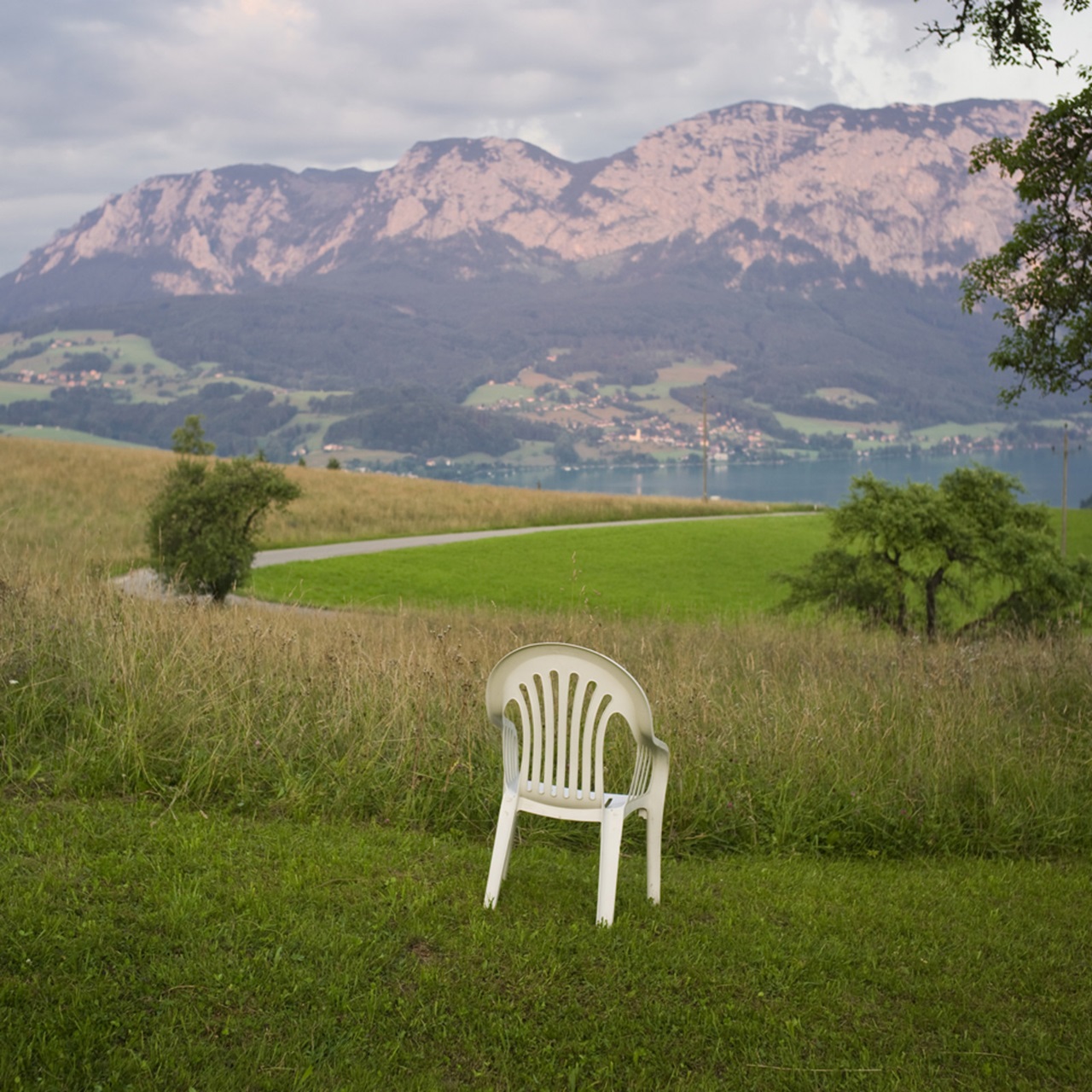
RELATED NEWS
